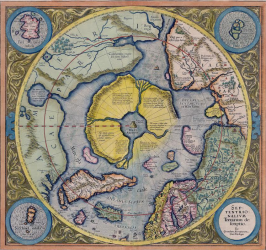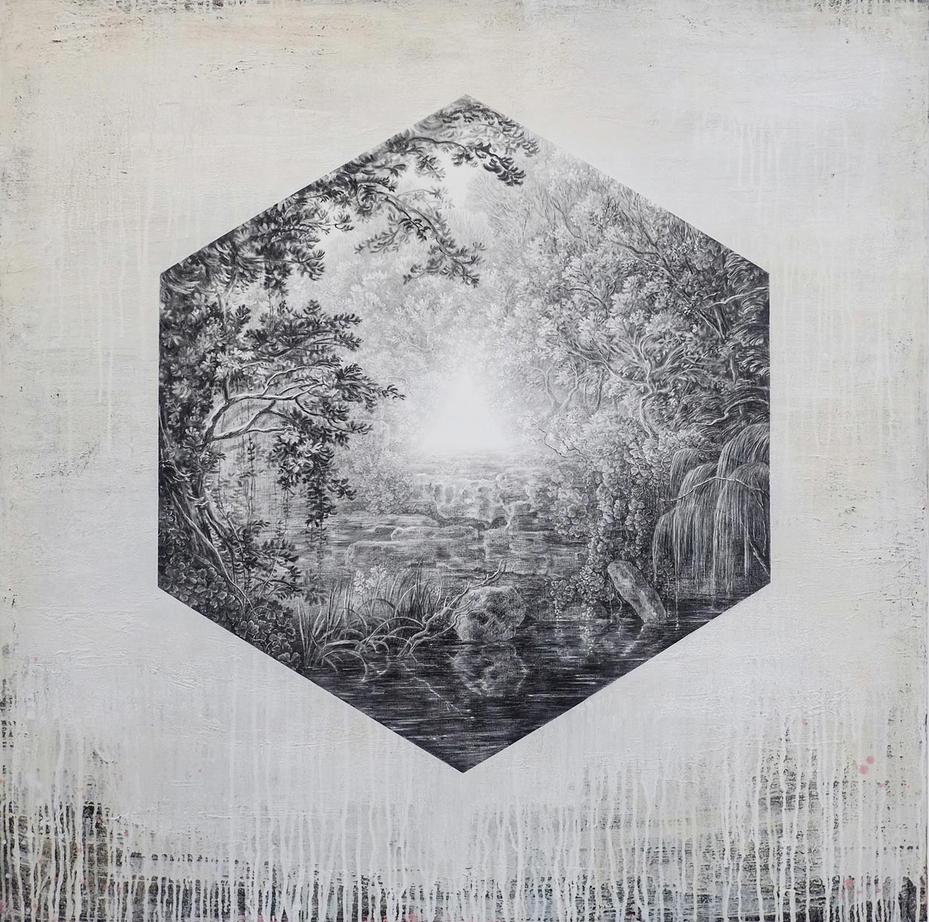Living Universe – Documentary about Consciousness and Reality | Waking Cosmos
William Blake Documentary
David Bohm – The Conditioned and the Unconditioned
Shunyamurti – On Joseph Campbell – The Anti-Hero’s Journey Home From Hell
Anatomy of the Soul and Life Force Energy – ROBERT SEPEHR



